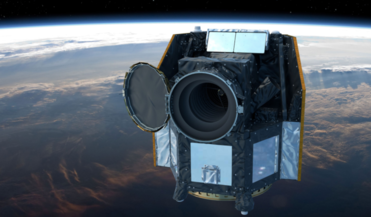 16 December 2019
Cheops, ESA's exoplanet watching telescope launches tomorrow
16 December 2019
Cheops, ESA's exoplanet watching telescope launches tomorrow
... are key to understanding what type of world these far-off planets are, as it indicates whether they are gas giants, smaller rocky worlds or perhaps harbouring an ocean for example. “By measuring the radius and by knowing the mass...
 06 January 2020
New evidence suggests that Venus has active volcanoes
06 January 2020
New evidence suggests that Venus has active volcanoes
... water ice, Jupiter’s moon Io has hundreds of volcanoes created from its gravitational dance with the huge gas giant, but only one planet has hot lava pouring out from its deep interior; Earth. Now...
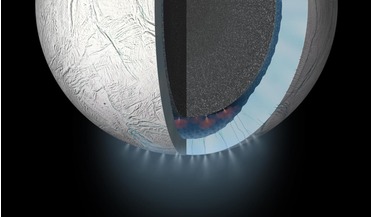 24 January 2020
New study suggests Enceladus' oceans more habitable than previously thought
24 January 2020
New study suggests Enceladus' oceans more habitable than previously thought
...’s south polar region were first spotted in 2005 when NASA’s Cassini spacecraft made its tour of the gas giants and some of their moons. Sights that were last seen in situ by the Voyager craft in the 1980s...
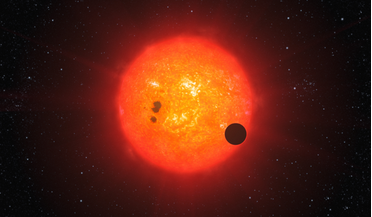 17 February 2020
Earth-sized planet behind unusual star signals say astronomers
17 February 2020
Earth-sized planet behind unusual star signals say astronomers
... on emissions from magnetic fields. Even though terrestrial planets are more commonly found around M dwarfs than gas giants, they are expected to have much weaker magnetic fields due to their relative size and so are harder...
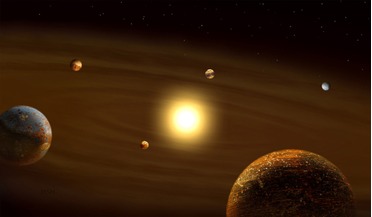 17 April 2020
A six-planet system is discovered and more could be hiding say astronomers
17 April 2020
A six-planet system is discovered and more could be hiding say astronomers
... a main-sequence star was discovered (51 Pegasi b). Since then thousands of exoplanets, from small rocky worlds to huge gas giants have been found using many different telescopes, hundred of which are in multi-planetary systems, however only...
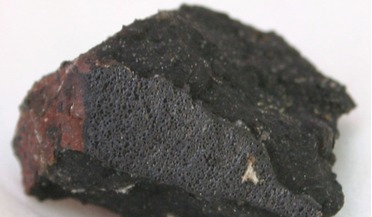 12 May 2021
Scientists discover liquid water inside a meteorite
12 May 2021
Scientists discover liquid water inside a meteorite
... dioxide formed beyond Jupiter’s orbit before being flung closer to the sun through interactions with the gas giant. The discovery of water inclusions within a carbonaceous chondrite meteorite from the early history of the solar system...